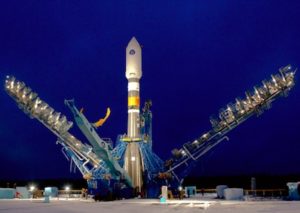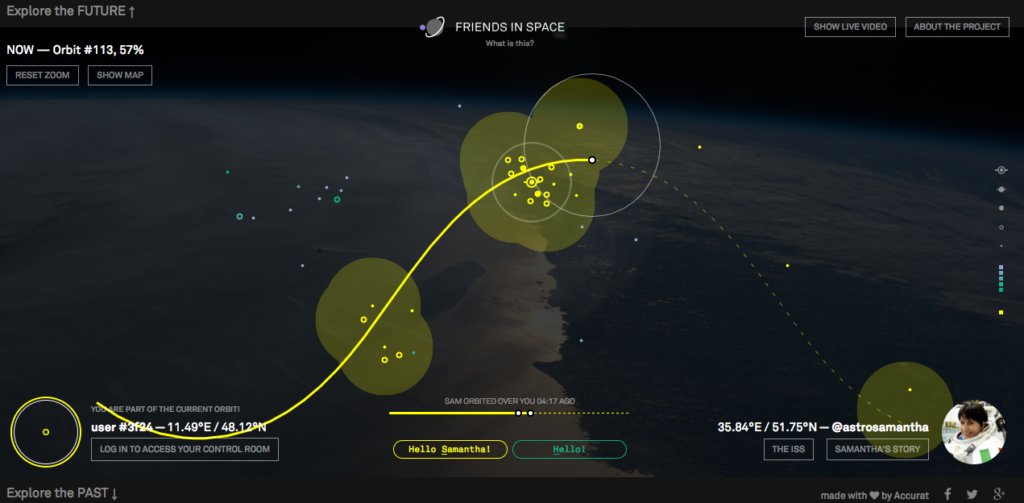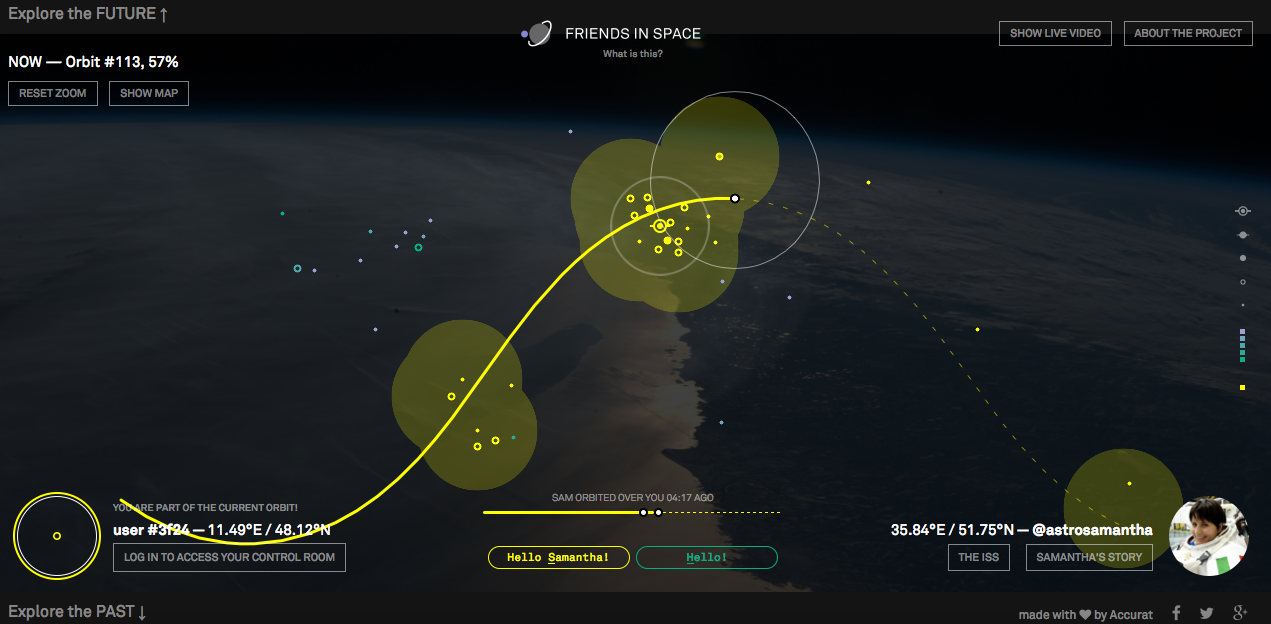
Russia launches new generation of GLONASS-K satellite into orbit
 Yesterday early morning Soyuz rocket successfully put in orbit a new generation of satellite as a part of GLONASS – Russian alternative to American GPS. GLONASS-K is the latest version of the satellite design, developed by Reshetnev Information Satellite Systems. The K Series are an advanced improvement of the previous M second-generation satellites, with longer lifespans and better accuracy.
Yesterday early morning Soyuz rocket successfully put in orbit a new generation of satellite as a part of GLONASS – Russian alternative to American GPS. GLONASS-K is the latest version of the satellite design, developed by Reshetnev Information Satellite Systems. The K Series are an advanced improvement of the previous M second-generation satellites, with longer lifespans and better accuracy.
The recent launch of a Soyuz rocket marks a significant milestone in space exploration. This mission carried a new set of satellites into orbit, bolstering global communication networks. Despite challenges, the Soyuz rocket continues to be a reliable workhorse in the aerospace industry, demonstrating Russia’s enduring presence in space technology. The successful deployment underscores ongoing advancements and international collaboration in satellite technology.
Development of GLONASS began in the Soviet Union in 1976. By the turn of the this decade, GLONASS had achieved 100 percent coverage, with the full orbital constellation of 24 satellites operational in 2011. The Russians are continually launching GLONASS satellites, with varying success. One of the biggest failures came when three GLONASS-M birds were lost when their Proton-M launch vehicle dramatically failed during launch.
Did you like this post about launch of GLONASS-K satellite? Read more and subscribe to our monthly newsletter!






